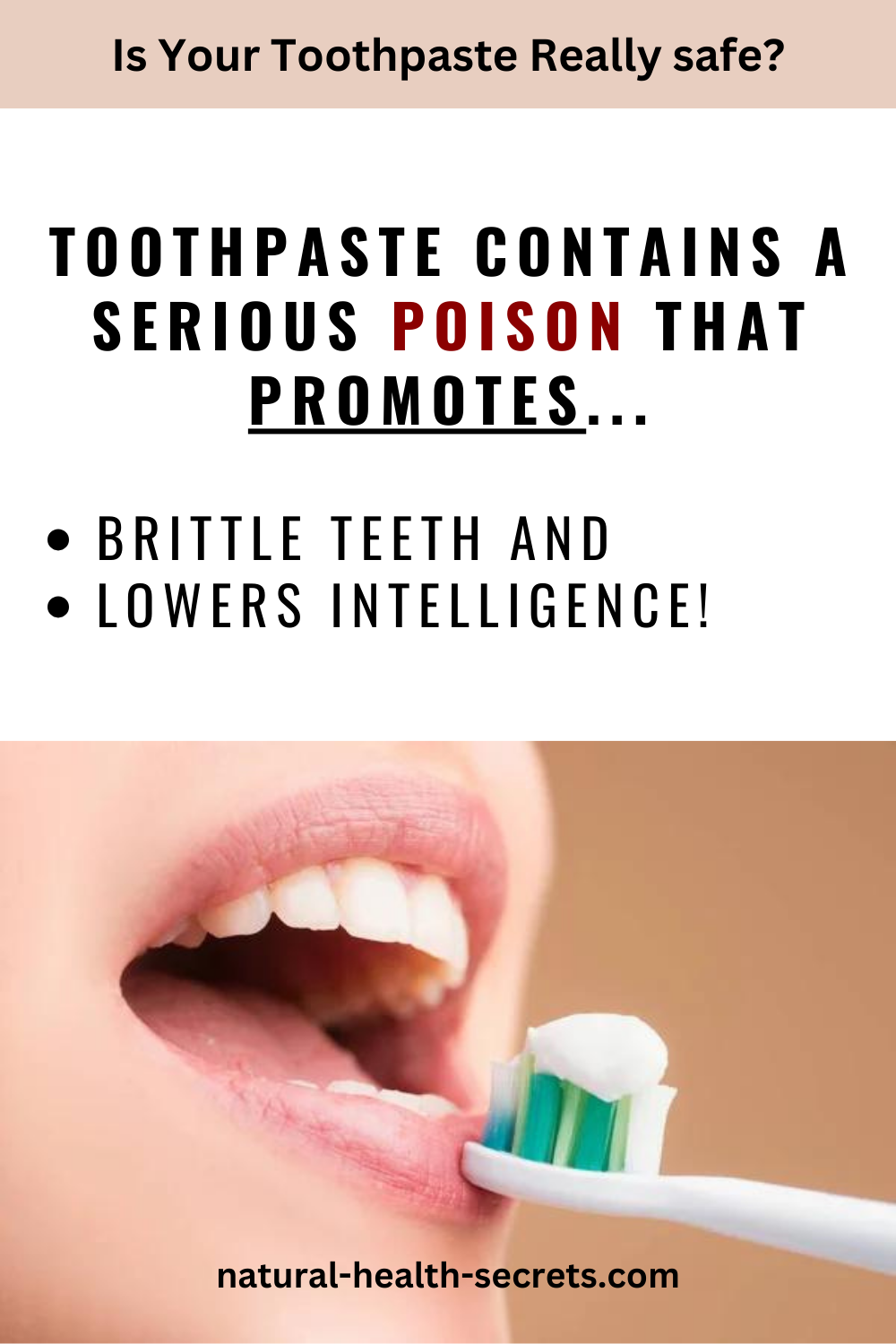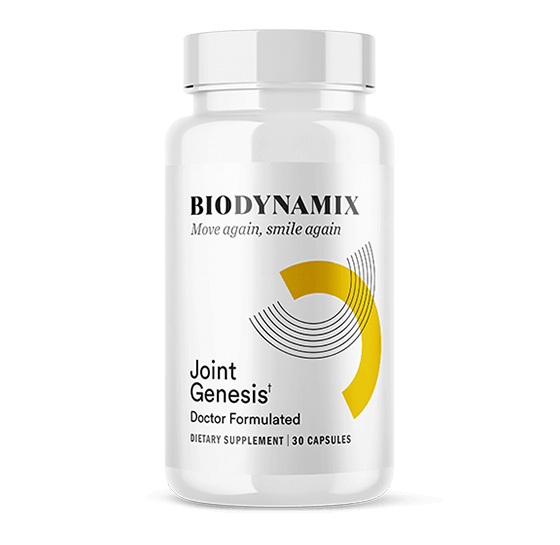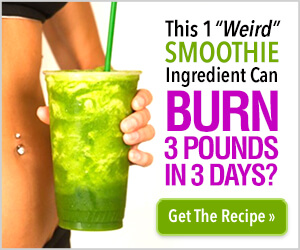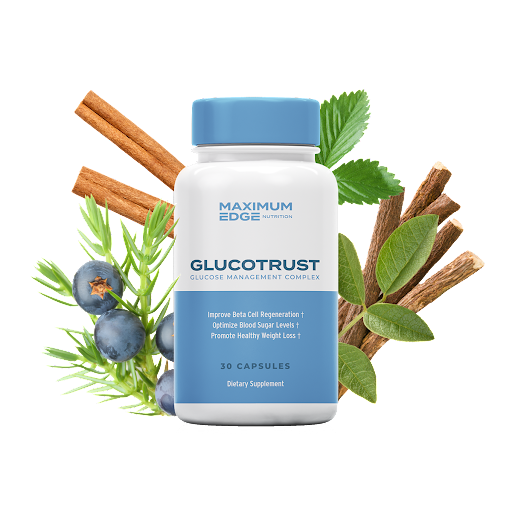"Is your toothpaste really safe?
Do you know what you're actually putting on your tooth brush?
You may have a white smile, but you'll...
...Make Your Teeth Brittle and Lower IQ
From Brushing Your Teeth!"
Common Toothpaste Ingredients Destroying Your Health –
Without You Even Knowing About It.
Toothpaste Poisons

We've been taught from a young age that brushing our teeth with toothpaste is essential for maintaining good oral hygiene. However, what if I told you that the toothpaste you use every day might be harboring a dangerous ingredient? Well, it does, and it's more than one!
What I'll do here is highlight a few of the most common toxic ingredients found in popular toothpaste, commercial brands like Colgate, Crest and others, and explain what they do to your body.
Then you be the judge on whether you want to use commercial toothpaste to brush your teeth. So here's the dark side of these common toothpaste ingredients and what they do to harm your health!
Fluoride
Fluoride has been used in dentistry for decades because of its proposed effectiveness in reducing tooth decay. Now more than 95% of the toothpaste sold in the U.S. contains fluoride. So some people asked me why I don't use fluoridated toothpaste. My answer is simple – it's a poison!
How Toxic is Fluoride?
Although fluoride may harden the enamel of teeth, this one benefit does not outweigh the potential adverse effects it causes to your overall health.
Fluoride Long-Term Use: Can Cause Cancer ∗ Potentially Lowers IQ in Children ∗ Makes Bones and Teeth Brittle ∗ Impacts Thyroid Function ∗ Dental Fluorosis (white spots on the teeth) ∗ Neurological Impairment ∗ and other types of issues.
NOTE: This is not a diagnostic chart and should not be used in place of your health professional to determine your recovery program.
Fluoride is so toxic that it is considered a hazardous waste by the Enviromental Protection Agency (EPA)! It was even used in some rat poisons and many other common pesticides. In fact, fluoridated toothpastes carry a poison warning on the label.
Have you ever read the advisory warning on your tube of toothpaste? If a child swallows more than a pea-size amount of toothpaste, the product label advises calling the poison control center.
So why would you place a known poison in your mouth or in your child's mouth? For the same reasons I don't have mercury fillings in my teeth, there is no good reason to be exposed to fluoride.
The label warning on the toothpaste box should be enough to concern anyone to stop using fluoridated toothpaste. But that's not the only toxin that's in these name brand toothpastes. Let's take a look.

Sodium Lauryl Sulfate
Have you ever heard of Sodium Lauryl Sulfate (SLS)?
Well, it's another common ingredient found in toothpaste.
Sodium Lauryl Sulfate (SLS) is a detergent and foaming agent found in various personal care products, including toothpaste. While its ability to create a satisfying lather may seem appealing, the truth behind this seemingly harmless ingredient is far from comforting. Recent studies have raised concerns about the potential health risks associated with SLS.
Paradoxically, SLS-containing toothpaste, which is meant to promote oral health, may actually harm our mouths. It is known to easily penetrate the skin and oral mucosa. SLS is also used in bug pesticides.
Research suggests that SLS can cause irritation and damage to the delicate tissues in our mouths, leading to painful mouth ulcers, canker sores, and even gum inflammation.
You say that you don't have any of those health issues so everything is good, right? Well, are you aware that SLS is usually contaminated with a known carcinogen called 1,4-dioxane? This chemical carcinogen...
1,4-Dioxane Has Been Linked to: ∗ Male Infertility ∗ Breast Cancer ∗ and other types of health issues.
NOTE: This is not a diagnostic chart and should not be used in place of your health professional to determine your recovery program.
Yes, studies suggest that this chemical can disrupt hormonal balance within the body. It may mimic estrogen, a vital hormone, and interfere with its normal functions, potentially leading to hormonal imbalances and associated health issues.
Is the convenience of brushing your teeth with SLS-containing toothpaste worth compromising your hormonal well-being? These possible side effects aren’t worth it for a little foam, if you ask me. But before you decide here's one more poison in your toothpaste you should avoid.

Polyethylene Glycol (PEG-12)
Polyethylene Glycol is a synthetic compound widely used in many toothpaste brands as a surfactant and emulsifier to stabilize the consistency of solutions. Think of this as a thickening chemical that is added to keep toothpaste from running off of your toothbrush.
While it may seem harmless at first glance, the truth behind PEG-12 is far from benign. Recent studies have raised concerns about the potential risks associated with this chemical and its potential risks to your oral health.
However, polyethylene glycol has been linked to endocrine disruption, and is the main ingredient in antifreeze solutions. Hmm, thinking about ingesting antifreeze while brushing my teeth does not sound appealing. How about you? It makes me think if toothpaste can be frozen. Any way, let's get back to discussing the other health risks of PEG.
The Alarming Health Risks:
1. Oral Microbiome Imbalance: The delicate balance of bacteria in our mouths plays a crucial role in maintaining oral health. However, research suggests that PEG-12 can disrupt this balance by altering the composition of the oral microbiome. This disturbance of the microbiome in your mouth causes a big problem, because...
...It can lead to an overgrowth of harmful bacteria, increasing the risk of cavities, gum disease, and bad breath!
That makes no sense. You brush your teeth with toothpaste to prevent cavities, yet the toothpaste promotes cavities.
2. Allergic Reactions: This chemical has been linked to allergic reactions in some individuals. Skin irritations, itching, redness, and even swelling may occur when exposed to PEG-12. Imagine the potential discomfort and distress caused by an allergic reaction in your mouth. Is it worth risking your oral comfort for the convenience of PEG-12?
3. Concerning Contaminants: The manufacturing process of PEG-12 involves the use of 'ethylene oxide', a known carcinogen. Although the levels of residual ethylene oxide in PEG-12 are considered safe, the presence of this chemical raises concerns about the potential long-term effects on our health. Are you willing to take the risk when safer alternatives are available?
Natural Toothpaste
Are you ready to get rid of your toxic toothpaste but not sure what to use to brush your teeth? Fortunately there are toothpaste products that contain natural ingredients. Just read the ingredient label and you'll find something with...
Natural and Safe Toothpaste Ingredients
- Baking soda: It helps to neutralize acids in the mouth and remove stains.
- Calcium carbonate: It acts as a mild abrasive to help remove plaque and stains.
- Xylitol: It is a natural sweetener that helps prevent tooth decay by inhibiting the growth of bacteria in the mouth.
- Tea tree oil: It has natural antibacterial properties that can help fight against bacteria in the mouth.
- Peppermint or spearmint oil: These essential oils provide a refreshing flavor and can also help freshen breath.
- Aloe vera: It has soothing properties and can help promote healthy gums.
- Coconut oil: It has antimicrobial properties and can help reduce bacteria in the mouth.
- Neem extract: It has antibacterial properties and can help prevent gum disease.

Now you know what you're actually putting on your tooth brush. You may want to rethink your oral hygiene routine to avoid the risks associated with brushing your teeth using toothpaste with these common ingredients.
Is the pursuit of a fresh, clean mouth worth potentially jeopardizing your health? If you have concerns about fluoride, sodium lauryl sulfate, polyethylene glycol or any other ingredient in toothpaste, it is always advisable to stop buying toothpaste with toxic ingredients and buy natural safe toothpaste! It's that simple.

Please share this website or article with all of your friends and family! They will thank you for helping them to think differently about improving their health.
Disclaimer: This site offers health, wellness, fitness and nutritional information and is designed for educational purposes only and is not intended to replace the advice of your doctor. As with any nutritional information, be sure to check with your health care provider before beginning any new program.




